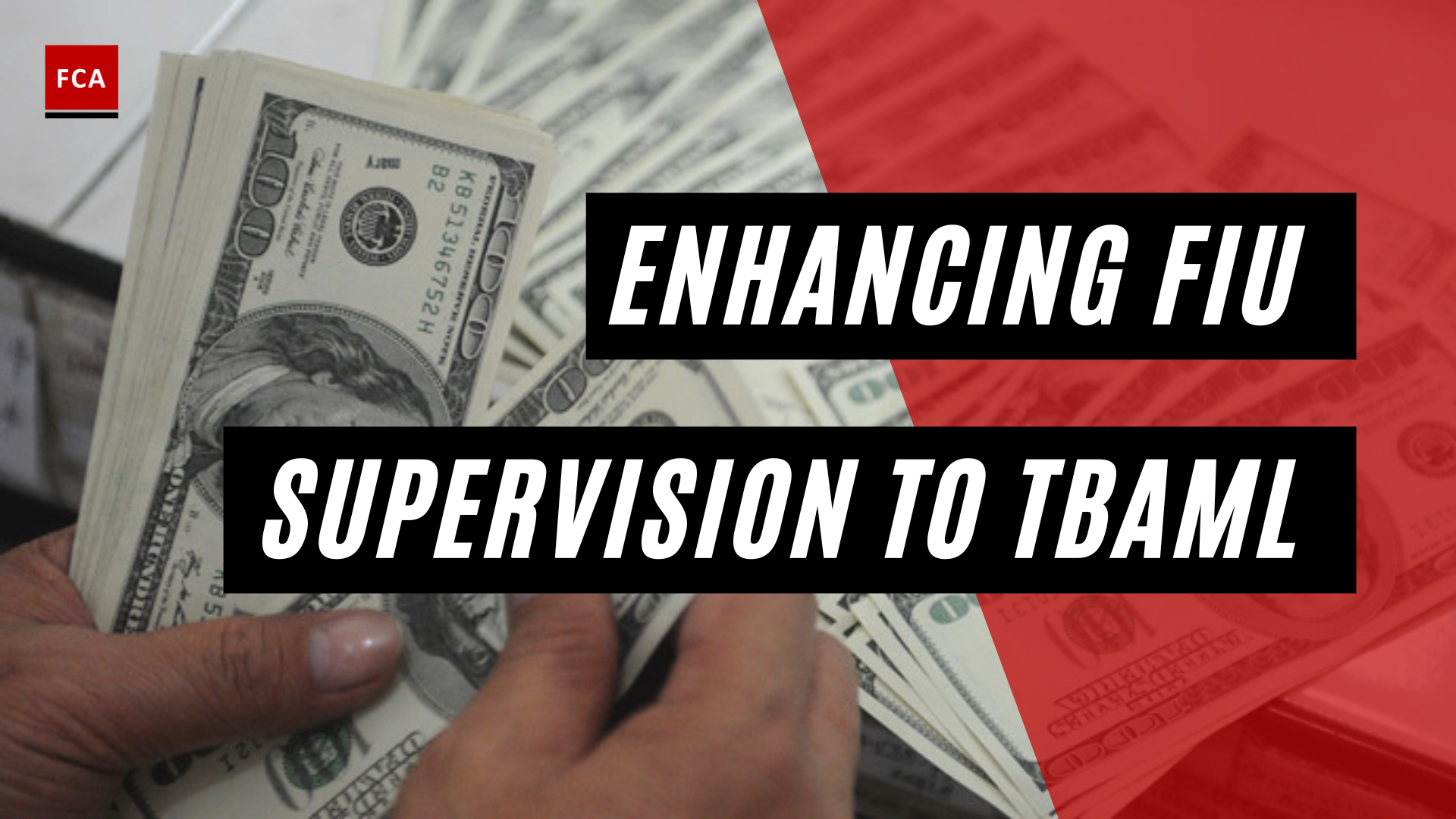Understanding AML in Real Estate
To effectively combat money laundering and protect the integrity of the real estate industry, it is crucial to understand the relationship between real estate and money laundering. Additionally, conducting thorough AML risk assessments is essential for identifying and mitigating potential risks within the sector.
Real Estate and Money Laundering
The real estate industry has increasingly become a target for money laundering activities, with an estimated $1.6 trillion laundered globally each year through real estate assets, according to the United Nations Office on Drugs and Crime (UNODC) (TIC Company). Criminals exploit the high value, low transactability, location, and transparency of real estate transactions, making it an attractive avenue for illicit financial activities.
Money laundering in real estate often involves the illicit conversion of funds derived from criminal activities into legitimate assets. Criminals may use real estate purchases to hide the origins of their illicit funds, obscure the ownership of assets, or generate rental income to further legitimize their illegal proceeds.
To effectively combat money laundering in the real estate sector, it is crucial for professionals working in compliance, risk management, and anti-money laundering (AML) to be aware of the red flags and vulnerabilities associated with these transactions. By understanding the risks involved, professionals can implement robust AML measures to prevent the misuse of real estate for money laundering purposes.
Importance of AML Risk Assessments
AML risk assessments play a vital role in identifying and evaluating the specific risks associated with money laundering in real estate transactions. These assessments enable professionals to develop appropriate mitigation strategies and implement effective control measures.
By conducting AML risk assessments, real estate professionals can identify vulnerabilities within their operations and transactions. This includes assessing the potential risks associated with high-value transactions, complex ownership structures, involvement of offshore companies, and the use of unusual payment methods (LondonCDD).
The risk-based approach to AML compliance in real estate requires professionals to assess the level of risk associated with each transaction and apply measures accordingly to mitigate these risks (LondonCDD). This approach ensures that resources are allocated effectively, focusing efforts on areas of higher risk.
In addition to identifying risks, AML risk assessments also assist in establishing internal policies and procedures tailored to the unique risks faced by real estate professionals. These policies and procedures enable organizations to establish effective customer due diligence (CDD) processes, implement adequate transaction monitoring systems, and ensure compliance with applicable AML regulations.
By conducting thorough AML risk assessments and implementing robust control measures, real estate professionals can contribute to the overall security and integrity of the industry, mitigating the risks associated with money laundering and protecting themselves from potential legal and reputational consequences.
AML Risks in Real Estate Transactions
When it comes to real estate transactions, it is important to be aware of the inherent money laundering risks that can arise. The real estate industry has become an attractive target for money laundering activities due to several vulnerabilities and the significant value involved in these transactions.
Vulnerabilities in Real Estate Transactions
Real estate transactions present a unique set of vulnerabilities that can be exploited by money launderers. Some of these vulnerabilities include:
-
High-value transactions: Real estate transactions often involve large sums of money, making them an attractive avenue for money laundering activities. Criminals may seek to legitimize their illicit funds by investing in real estate assets.
-
Low transactability: Real estate transactions typically occur over a longer period compared to other financial transactions. This extended timeline provides money launderers with an opportunity to layer and disguise the origins of their funds.
-
Location: The location of a property can also contribute to money laundering risks. Properties in high-demand areas or regions with lax regulations may be more susceptible to money laundering activities.
-
Transparency: Real estate transactions can involve complex ownership structures, such as the use of shell companies or trusts. These structures can be exploited to obscure the true beneficial ownership of the property, making it difficult to identify the source of funds.
To effectively combat money laundering in real estate, professionals in the industry must be vigilant and familiarize themselves with the red flags associated with suspicious activities.
Red Flags for Money Laundering in Real Estate
Recognizing red flags is crucial in identifying potential money laundering activities in real estate transactions. Here are some common red flags to watch out for:
-
Use of offshore companies: Transactions involving offshore companies or entities with complex ownership structures can be indicative of attempts to hide the true source of funds.
-
Unusual payment methods: Cash payments or unconventional payment methods, such as cryptocurrencies, can raise suspicions of money laundering. These methods may be used to obscure the origin of funds.
-
Reluctance to provide information: Clients who are evasive or hesitant to provide necessary information, such as identification documents or proof of funds, should raise concerns about the legitimacy of their transactions.
-
Unexplained source of wealth: If a buyer or seller cannot provide a reasonable explanation for their wealth or the source of funds for the transaction, it may indicate potential money laundering.
-
Unusual property flipping: Rapid buying and selling of properties without valid reasons or significant improvements can be a tactic used to legitimize illicit funds.
-
Unusual involvement of third parties: The involvement of third parties who have no apparent connection to the transaction, such as individuals acting as proxies for the buyer or seller, may indicate attempts to conceal the true beneficial owner.
By remaining vigilant and recognizing these red flags, professionals in the real estate industry can play a crucial role in preventing money laundering activities. Implementing robust AML compliance measures, conducting thorough customer due diligence, and reporting suspicious activities are essential steps in mitigating the risks associated with money laundering in real estate transactions.
AML Compliance for Real Estate Professionals
To ensure the integrity of the real estate industry and mitigate the risks of money laundering, real estate professionals must prioritize Anti-Money Laundering (AML) compliance. AML compliance involves implementing measures to prevent the use of real estate transactions for illicit financial activities. Two key aspects of AML compliance for real estate professionals are customer due diligence (CDD) and establishing internal policies and procedures.
Customer Due Diligence (CDD) in Real Estate
Customer Due Diligence (CDD) is a fundamental component of AML compliance for real estate professionals. It involves verifying the identity of both buyers and sellers in transactions, as well as assessing the overall risk associated with the individuals involved. By conducting CDD, real estate professionals can identify and mitigate potential risks, such as those related to money laundering or terrorist financing.
CDD measures typically include collecting and verifying personal identification information, such as passports or driver’s licenses, and conducting thorough background checks on clients. The level of CDD required may vary based on the risk profile of the transaction or the parties involved. For example, international buyers or cash transactions may warrant enhanced due diligence measures.
Implementing effective CDD procedures helps real estate professionals ensure that they are not inadvertently facilitating or participating in illicit financial activities. For more information on AML due diligence for estate agents, refer to LondonCDD.
Internal Policies and Procedures
Establishing robust internal policies and procedures is vital for real estate professionals to comply with AML regulations and effectively manage the associated risks. These policies and procedures should outline the steps to be followed to prevent money laundering and terrorist financing within the organization.
Key elements of internal policies and procedures include:
-
Risk-based approach: Real estate professionals should adopt a risk-based approach tailored to their specific business activities and the risks they face. This involves conducting risk assessments to identify and prioritize areas of higher risk, such as international transactions or dealings with politically exposed persons.
-
Staff training: Adequate training programs should be implemented to ensure that employees are knowledgeable about AML regulations, red flags for suspicious activities, and their responsibilities in conducting effective CDD measures. Ongoing training helps keep staff informed and vigilant against evolving money laundering techniques.
-
Record-keeping: Real estate professionals must maintain accurate and up-to-date records of customer due diligence measures taken, as well as any suspicious activities identified or reported. These records are essential for demonstrating compliance with AML regulations and may be required for audit or investigative purposes.
-
Internal controls: Implementing internal controls helps ensure that AML compliance measures are consistently followed. This includes regular monitoring, supervision, and review of transactions and processes to detect and address any potential compliance gaps or suspicious activities within the organization.
By establishing comprehensive internal policies and procedures, real estate professionals can demonstrate their commitment to AML compliance and reduce the risk of legal consequences, reputational damage, and financial losses. For more information on AML compliance in the real estate sector, refer to NAR and Financial Crime Academy.
Enhancing AML Measures in Real Estate
To effectively combat money laundering and terrorist financing in the real estate industry, it is crucial for professionals to enhance their Anti-Money Laundering (AML) measures. This involves collaboration and reporting suspicious activities, as well as staying informed and updated on AML regulations.
Collaboration and Reporting Suspicious Activities
Collaboration among real estate professionals, law enforcement agencies, financial institutions, and other stakeholders is essential in the fight against money laundering. By working together, these entities can share intelligence, identify patterns, and uncover illicit activities that may otherwise go unnoticed. Collaboration helps to create a culture of compliance and risk awareness within the industry, fostering a more robust defense against money laundering in real estate.
Real estate professionals should be vigilant and report any suspicious activities they encounter. This includes transactions involving large cash amounts, the use of shell companies, complex ownership structures, and properties located in high-risk areas (Financial Crime Academy). Reporting suspicious activities to the appropriate authorities, such as financial intelligence units or law enforcement agencies, helps to disrupt money laundering networks and protect the integrity of the real estate market.
Staying Informed and Updated on AML Regulations
Real estate professionals must stay informed about the latest AML regulations, trends, and typologies to effectively detect and prevent money laundering in the industry. AML regulations are constantly evolving, and it is essential to keep up with the changes to ensure compliance (NAR). By staying informed, professionals can adapt their AML measures and adjust their risk assessment frameworks accordingly.
Various resources are available to help real estate professionals stay updated on AML regulations. Industry publications, AML training courses, and participation in relevant industry events can provide valuable insights and knowledge. Additionally, regulatory bodies and professional associations often provide guidance and updates on AML requirements specific to the real estate sector.
By staying informed and educated, real estate professionals can enhance their ability to identify red flags, implement effective AML measures, and contribute to maintaining the integrity of the real estate market.
In conclusion, enhancing AML measures in the real estate industry requires collaboration and the reporting of suspicious activities. Real estate professionals should actively participate in sharing information with relevant stakeholders and reporting any suspicious transactions. Additionally, staying informed and updated on AML regulations is crucial to adapt AML measures and ensure compliance. By implementing these strategies, professionals can contribute to a more secure and transparent real estate sector.
AML Regulations in the Real Estate Sector
As part of efforts to combat money laundering in the real estate sector, the Financial Crimes Enforcement Network (FinCEN) has introduced new regulations that impose anti-money laundering (AML) requirements on certain real estate transactions. These regulations aim to address the vulnerabilities associated with money laundering in real estate, considering it an attractive vehicle for laundering illicit proceeds due to the significant amounts of money involved and the involvement of multiple parties in transactions (Federal Register).
New AML Regulations for Real Estate Transactions
The new regulations extend AML requirements to cover all persons involved in real estate transactions valued at $300,000 or more, regardless of the method of purchase. This includes sales, leases, and mortgages (Federal Register). By expanding the scope of AML regulations, the goal is to enhance transparency and mitigate the risk of money laundering within the real estate sector.
Requirements and Impact on Covered Financial Institutions
Under the new regulations, covered financial institutions, including real estate brokers and certain title insurance companies, are required to develop and implement risk-based AML programs. These programs must include policies, procedures, and controls designed to mitigate the risks associated with covered real estate transactions. An important aspect of the AML program is the identification and verification of beneficial owners involved in these transactions (Federal Register).
To comply with the regulations, covered financial institutions must conduct risk assessments to evaluate the money laundering and terrorist financing risks associated with their businesses. The assessment findings should inform the development and implementation of AML programs tailored to address those identified risks. Ongoing employee training is also emphasized to ensure compliance and enable institutions to stay informed about emerging money laundering and terrorism financing risks.
It is estimated that approximately 300,000 covered financial institutions, including real estate brokers and certain title insurance companies, are subject to these new regulations. The estimated cost for each entity to comply with the provisions ranges from $15,589 to $23,384 annually, depending on the size of the firm.
By implementing these AML regulations, the aim is to enhance the integrity of the real estate sector, reduce the risk of money laundering, and ensure compliance with AML requirements. It is essential for covered financial institutions to familiarize themselves with the new regulations, conduct thorough risk assessments, and develop robust AML programs to meet their obligations in combating money laundering in real estate transactions.









